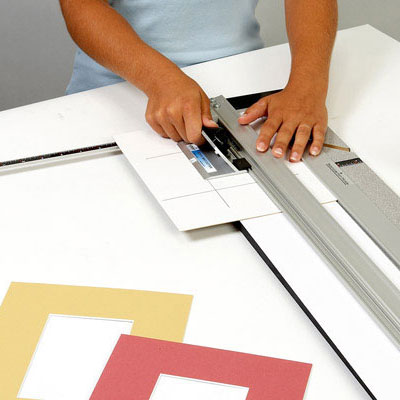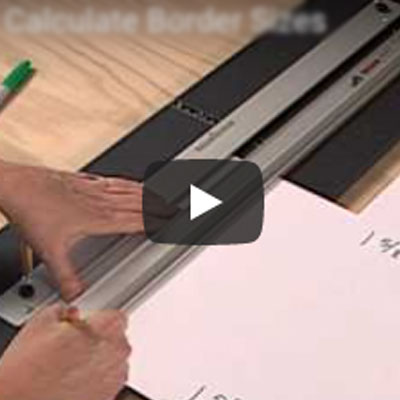Holding stretched canvas in a picture frame can be challenging. That's because a stretched canvas (one already mounted to a stretcher frame) is typically thicker than the frame is deep.
Most picture frames are only about 3/8" to 1" deep. When a stretched canvas is placed in the recess, the back of the stretched canvas often sits above the back of the frame.
The preferred method of holding contents in a frame is to drive metal tabs called points or inserts into the walls of the recess. But if you cannot get at the wall to drive the points, you've got a problem. So how do you hold stretched canvas in a picture frame?
There are 3 options.
Option 1: How to Hold Canvas in a Frame: Use a Canvas Frame
Canvas frames are designed with enough depth in the recess for the stretched canvas to sink below the back of the frame. If you can get at the inside wall of the frame's recess you can use a point driver to drive points. But canvas frames are limited in variety, usually only black. What's more, they tend to be a good deal more expensive than regular frames.
Option 2: How to Hold Canvas in a Frame: Use Offset Clips
Offset clips are simple pieces of hardware that are designed to reach up and overlap contents that are not flush with the surrounding surface. You secure them in place by screwing them into the back of the frame. Offset clips are available in three different depths or offsets: 1/8", 1/4" and 1/2". One clip per side is usually enough to hold the stretched canvas.
Option 3: How to Hold Canvas in a Frame: Use Canvas Clips
Canvas clips are flexible metal brackets designed to wedge into the space between the stretcher frame and the recess. To use them, insert the teeth between the stretched canvas and the recess. When you press down, the teeth pierce the inside of the frame recess while the opposite end grabs the inside of the stretcher frame. One clip per side will secure the stretched canvas in the frame.
A fourth option exists in the form of a floater frame, a type of frame that makes it appear the stretched canvas is floating within the walls of the frame. Floater frames are unique enough that they deserve an article all their own.












